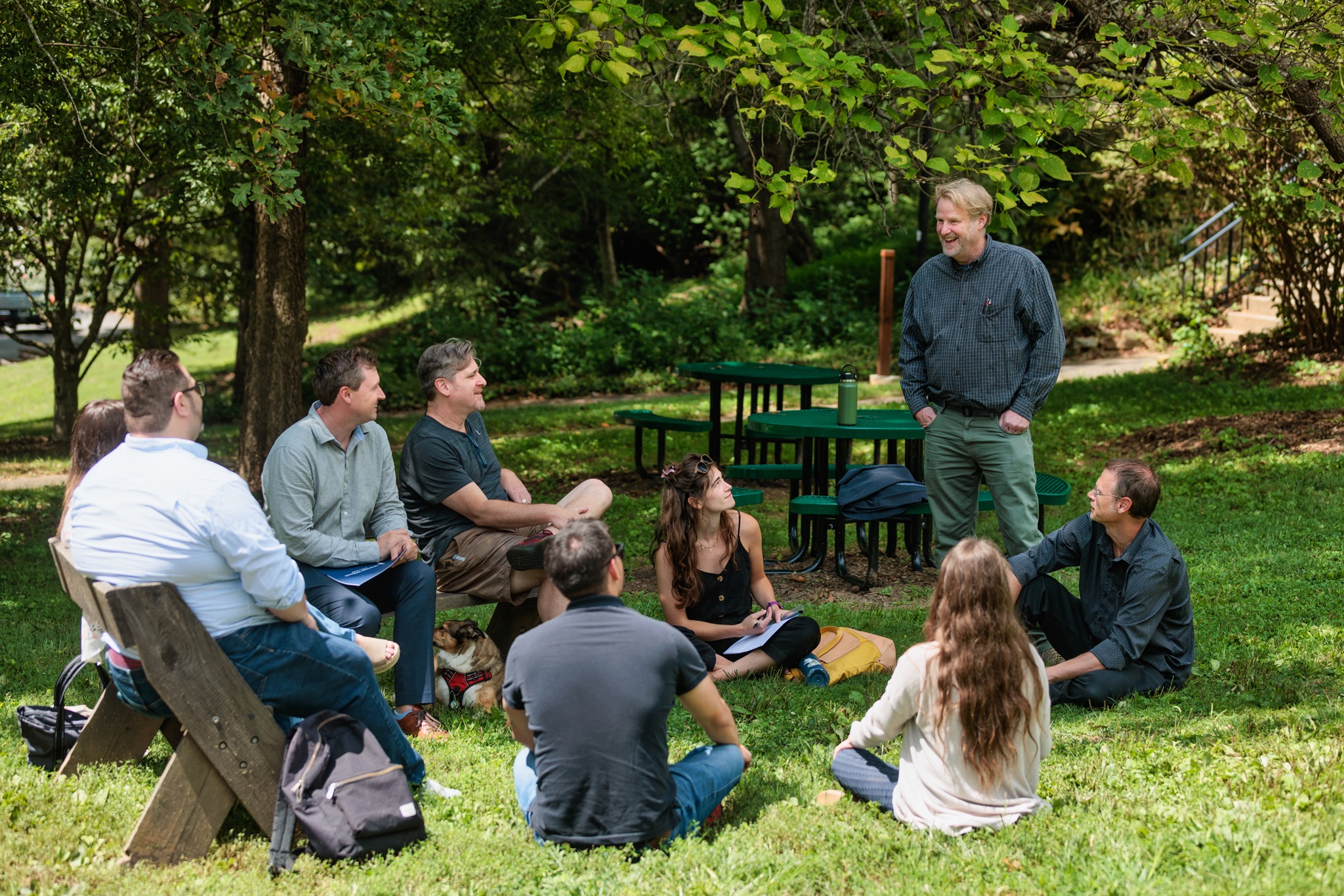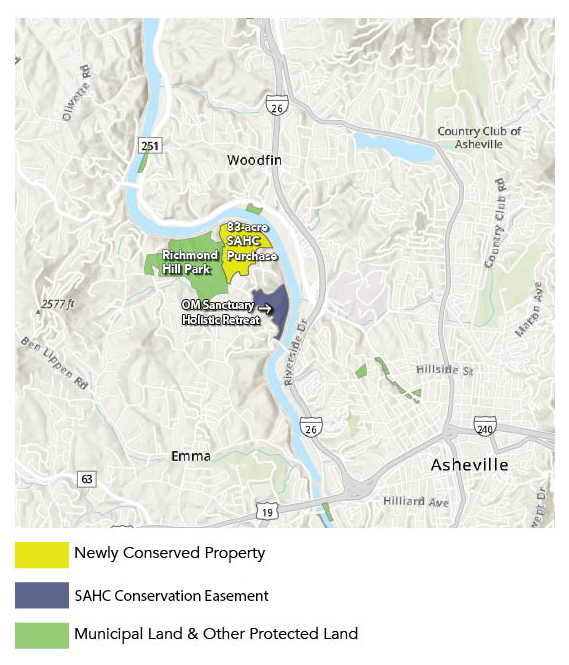by Jane Winik Sartwell, Carolina Public Press
April 14, 2025
Extensive personnel shortages at the N.C. Forest Service (NCFS) hampered the agency’s ability to manage the wildfires that raged in Western North Carolina this spring, state and county officials say.
According to Agriculture Commissioner Steve Troxler, 100 positions are vacant at the agency.
Fast-forward to late March and early April when wildfires burned through nearly 8,000 acres of forest in Henderson and Polk counties. The NCFS deployed 365 people and 23 fire engines, but it still took more than a week to put out the flames.
[Subscribe for FREE to Carolina Public Press’ alerts and weekend roundup newsletters]
“They’re doing the best they can with what they have,” Jimmy Brissie, the director of Henderson County emergency services, explained, “but it’s something that our county is very concerned about.”
Federally, things are also grim. As a result of the Trump administration’s funding cuts, 2,000 probationary employees were fired from the USFS. That leaves fewer people to address fires on federal lands in North Carolina.
The result is a crippled wildfire response that could endanger both families and forests in North Carolina and across the country. As flames grow more frequent and intense, the shortage of trained personnel makes communities vulnerable. Fiscal limitations leave life and land hanging in the balance.
When wildfires and suburbia meet
North Carolina in particular has the most acreage of “wildlife-urban interface” — where neighborhoods intermingle with undeveloped wildland — of any state in the nation. Adding to the potential danger, the number of trees felled during Tropical Storm Helene is expected to heighten the risk of wildfires in Western North Carolina for at least 10 years.
Despite the high stakes, salaries at the NCFS aren’t competitive enough to keep the agency staffed, Brissie said. A forest fire equipment officer, for example, can make between $32,700 and $45,000 a year.
“Almost every county has a position vacant,” Brissie told Carolina Public Press. “That means it takes much longer to get additional resources in place when there is a large fire. The service has to pull from farther across the state, from surrounding states, and enlist the help of local fire departments.
“It should have taken 24 hours to get everything together to fight these recent fires. Instead, it took three days.”
Aging equipment has only added to the problem. The Forest Service’s bulldozers, for instance, are from the 1970s.
But as much as the machines need to be replaced, so, too, do the men and women who have left the service — like firefighters. Then there are the jobs that don’t easily come to mind but are nonetheless crucial to the mission and makeup of the NCFS.
Which brings us to January, when one of two wildfire mitigation specialists left. The remaining employee now oversees mitigation efforts across the entire state, working with families and neighborhoods to reduce their risk of wildfire and deal with the impacts.

“When we have that kind of staffing gap, that’s going to create an immediate public health risk,” said Fabrice Julien, a UNC Asheville health sciences professor. “Not only for the folks who are living right there, but for folks who are miles away, breathing in the smoke and toxic pollutants in the air.”
At the day care center of Julien’s daughter, children were kept from playing outside for a week in March because of the dangerous air quality.
“Emotionally, bad weather is a sore spot here in Western North Carolina,” Julien continued. “Just knowing that there isn’t that emergency preparedness and personnel in place — that’s going to increase chronic stress and anxiety in our population.”
The heat is on
In Transylvania County, where some mandatory evacuations took place, Brevard Mayor Maureen Copelof called the fires “the most threatening” she’s ever seen.
It has been, in fact, one of the worst wildfire seasons in North Carolina.
But the staffing concerns of Brissie and his Henderson County colleagues, and many others across the state, have not gone unnoticed in Raleigh.
A measure to increase salaries at the NCFS by 7.5% — House Bill 599 — was introduced in late March. The proposed $7.8 million appropriation could make jobs at the service more desirable and fill the dozens of vacancies that are putting North Carolinians at risk.
State Rep. Rodney D. Pierce, the Democratic primary sponsor of HB 599, acknowledged that the 7.5% raise might be “a little far-fetched” but said that’s how things get done in politics. Throwing a high number out on the table sends a message, he said.
“If we don’t have Forest Service workers, nobody is going to be there when there are wildfires,” Pierce said. “If you’re the only Forest Service person in your county, you have to constantly be on call. That’s going to put strain on your family, your marriage, your relationship with your kids. There’s that social impact on top of the economic impact of not having a livable wage. We cannot afford to understaff the Forest Service because of their significance, not just in Helene recovery, but overall.”
This article first appeared on Carolina Public Press and is republished here under a Creative Commons Attribution-NoDerivatives 4.0 International License.














